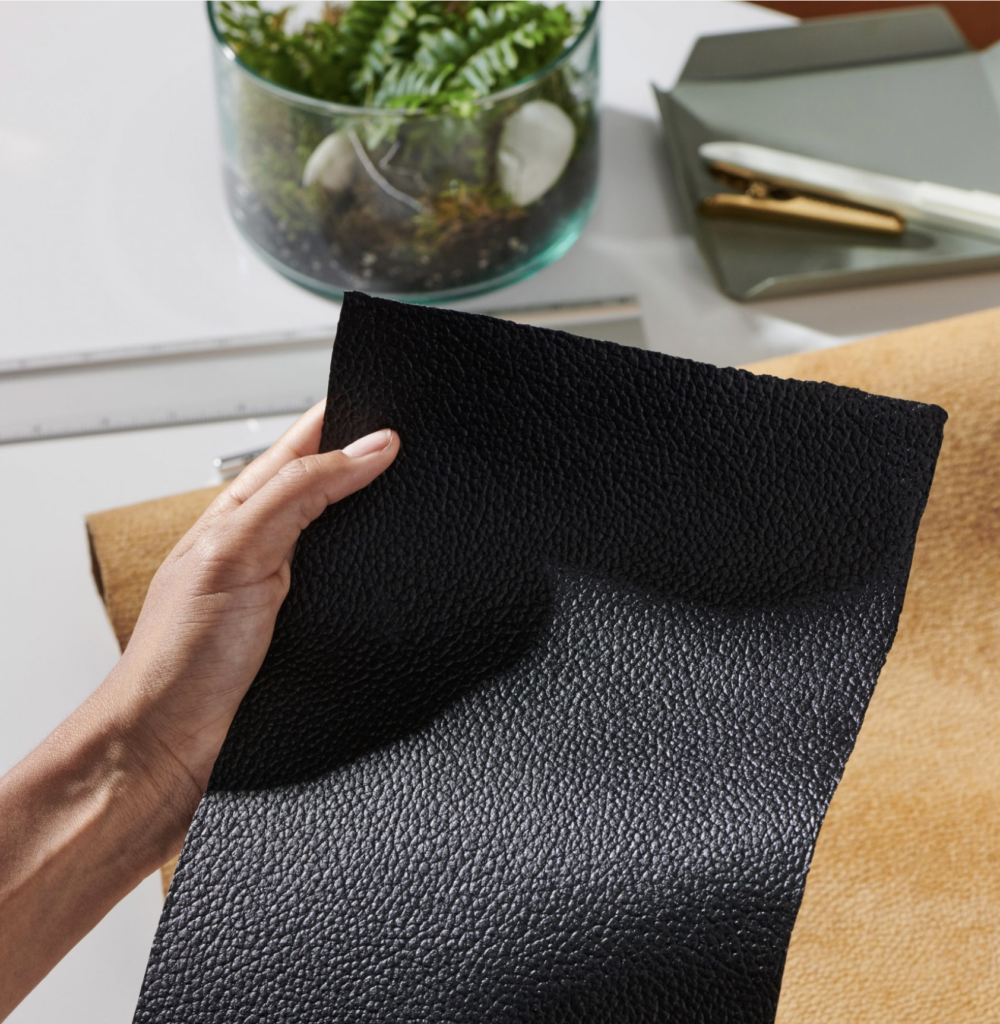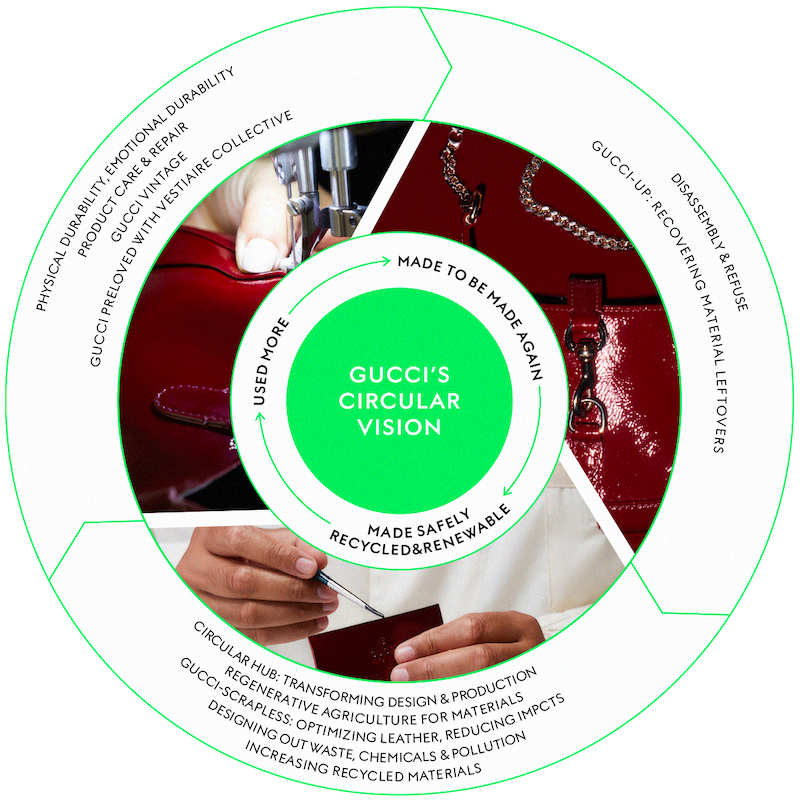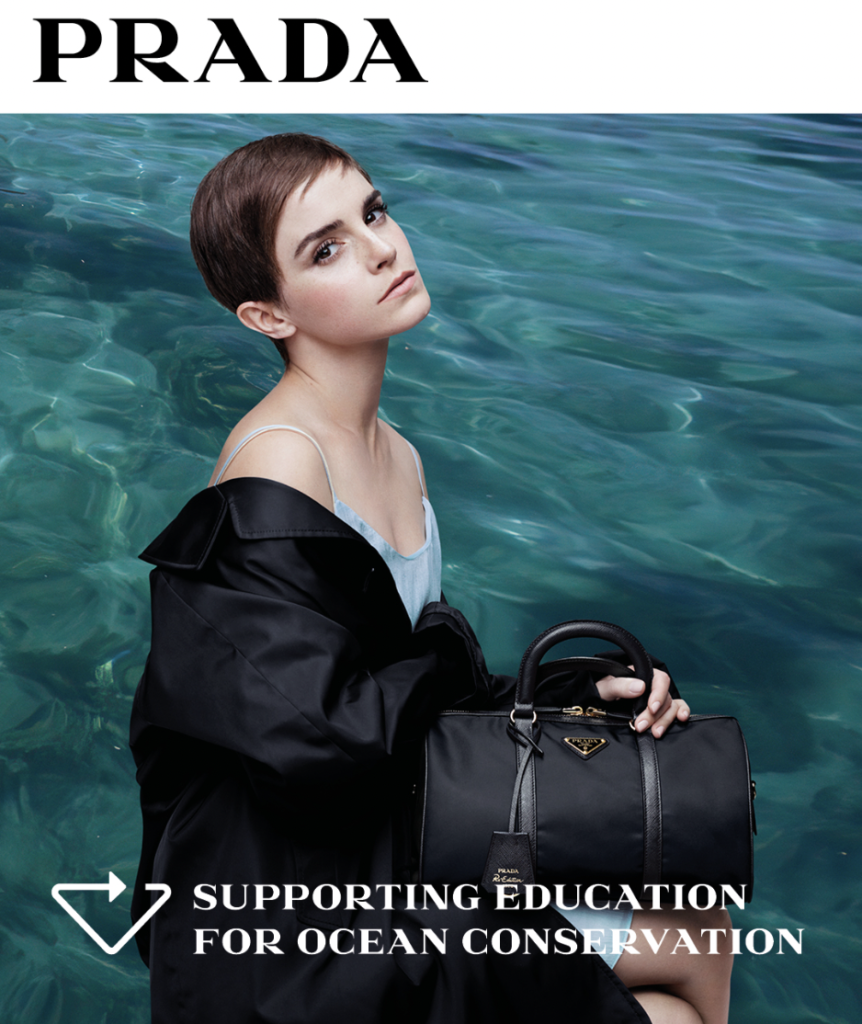Luxury is entering a new phase – where exclusivity isn’t just about scarcity, but about responsibility. Today’s most sophisticated consumers are looking beyond the aesthetic, they want brands that align with their values. According to the latest MillionaireVue survey 47% of the wealthiest US shoppers consider social responsibility when making a purchase and 22% have already boycotted brands that fail on ethics and sustainability.
As Gen Z and Millennials lead the charge on conscious consumption, luxury has a big opportunity: to set the standard for sustainability not just in materials and manufacturing but in the very definition of what luxury is. But, how luxury brands embrace that change?
The New Paradigm of Luxury
We have reached a tipping point with the fashion and textile industries environmental footprint – from resource intensive production to waste and carbon heavy supply chains. According to the Ellen MacArthur Foundation textile manufacturing alone produces 1.2 billion tons of greenhouse gas emissions a year – more than international flights and maritime shipping combined. Meanwhile demand for raw materials like cotton is draining global water resources at an unsustainable rate. 1kg of cotton requires 10,000 litres – enough to sustain one person’s drinking water for 10 years. And beyond water consumption synthetic textiles have made pollution worse, with 500,000 tons of micro plastics entering the ocean every year contaminating marine life and food chains.
With these facts in mind, luxury brands are shifting towards a more sustainable future, driven by innovation and strategy. Blockchain transparency initiatives like LVMH-backed Aura Blockchain Consortium are changing ethical sourcing by allowing consumers to track every step of a high-end products’ journey. Luxury maisons are adopting closed-loop systems, upcycling, recycling, and circular fashion to extend the life of their products. Innovations like Mylo, a mushroom based leather alternative and MycoWorks’ bio-fabricated textiles are redefining luxury materials, high-end craftsmanship without environmental trade off. Digital fashion and AI driven design are emerging as a sustainability game changer, production efficiencies, and virtual collections minimizing physical waste and reshaping the industry’s creative landscape. By embracing these changes brands are not only reducing their environmental footprint but also increasing their influence and prove that the future of luxury is as much about legacy as it is about longevity.
Here are the luxury brands leading by example:

Stella McCartney: Cruelty-Free Fashion and Next-Gen Materials
Few names are as synonymous with ethical luxury as Stella McCartney. A lifelong advocate for cruelty-free fashion, McCartney has always been at the forefront of material innovation. Her partnership with Bolt Threads has led to the development of Mylo™, a mycelium-based vegan leather, a bio-fabricated alternative to traditional leather without the animal farming impact. The brand remade their iconic Falabella bag with Mylo™ and proved that sustainability and high fashion can coexist. And Stella McCartney are continuing to champion circularity with regenerative cotton. Stella McCartney have been working with SÖKTAŞ since 2019 – supporting the Turkish farm’s transition from conventional to next-gen cotton. McCartney’s Snog-a-Log t-shirt is made from fully traceable cotton, sourced directly from our SÖKTAŞ’ regenerative patches.
- LVMH: A Luxury Giant Driving Industry-Wide Sustainability
As a group that owns some of the world’s most famous brands – Louis Vuitton, Dior, Givenchy etc. – LVMH has a lot of power to shape the industry’s sustainability direction. LVMH’s “LIFE 360” strategy (LVMH Initiatives for the Environment) sets out ambitious sustainability goals – eco-conscious sourcing, reduced carbon emissions, water conservation across all houses. This action plan has four pillars: creative circularity, biodiversity, climate, traceability and transparency. For example Loro Piana has introduced regenerative cashmere, while Louis Vuitton has committed to 100% eco-design. Additionally, Aura Blockchain Consortium, co-founded by LVMH, allows consumers to trace the origin of materials and ethical labor practices behind their luxury products.

Kering: Setting the Pace with Transparency and Impact
Under the guidance of François-Henri Pinault, Kering is the sustainability leader, setting new standards for the industry. The group—home to Gucci, Balenciaga, and Bottega Veneta—publishes an Environmental Profit & Loss (EP&L) report to measure, track, and communicate its annual environmental impact across the entire value chain. Gucci’s “Equilibrium” programme is all about carbon neutrality, gender equality and circular fashion. Gucci’s “Scrap-less” tanning programme reduces water and chemical waste in leather production and shows how luxury can be sustainable without compromise. Bottega Veneta has launched eco-friendly “Kraft paper” bags, one of the brand’s most iconic designs featuring recycled and recyclable paper with a crumpled texture. By farming regeneratively, sourcing sustainably, and tracking impact, Kering is the leader in responsible luxury.
- Hermès: Heritage Craftsmanship meets Material Innovation
Known for its craftsmanship and timeless designs, Hermès is combining tradition with innovation. While the house is deeply rooted in artisanal excellence, it has entered the world of bio-fabrication with MycoWorks’ Fine Mycelium™, a sustainable alternative to leather. The Victoria Bag, made with this revolutionary material, is proof of Hermès’ ability to adopt new textiles while remaining true to its heritage. Beyond materials, Hermès is reducing waste and circularity by recycling its leather scraps into smaller items rather than discarding them.
- Chanel: Investing in Sustainable Luxury
Chanel is no stranger to craftsmanship but has really upped its sustainability game in recent years. The brand launched its Chanel Mission 1.5° program which is aligned to the Paris Agreement to reduce carbon emissions by 50% by 2030. Chanel has also committed to 100% renewable electricity across all its operations and is investing in bio-based materials, including sustainable alternatives to silk and leather. Chanel’s buyout of green chemistry startup Evolved By Nature which develops natural silk proteins for textile treatments shows its commitment to responsible innovation.

Prada: Rebooting Luxury through Recycling
Prada has gone big on sustainability with its Re-Nylon initiative which turns discarded fishing nets, industrial waste and textile scraps into regenerated nylon fabrics. The brand aims to replace all virgin nylon with Re-Nylon by 2025 and is shifting to circular production models. In addition to sustainable materials, Prada has introduced low-impact retail spaces with eco-friendly design elements in its boutiques to reduce energy consumption.
- Chloé: The First Luxury House to be B Corp Certified
Chloé has made history by becoming the first luxury fashion house to be B Corp certified, a status that recognizes companies for their high social and environmental performance. The brand has been championing artisan collaborations, fair trade sourcing, and lower impact fabrics and is setting the bar for ethical luxury.
Luxury’s New Legacy: Sustainability
Luxury has always been about permanence – the art of creating something so well made it will last forever. Now that same philosophy is shaping a new era where circular fashion, regenerative materials, and transparent supply chains aren’t just innovations but necessities. The brands pushing this agenda know that true exclusivity isn’t just about rarity – it’s about responsibility.
From Stella McCartney’s mycelium based leather to Gucci’s carbon neutral blueprint, luxury is no longer just about adapting to sustainability; it’s making it happen. Today’s responsible luxury brands are showing us that craftsmanship and consciousness can coexist without compromise. Because in the end, true luxury isn’t about what lasts – it’s about what’s left behind. As Andy Warhol once said: ‘‘I think having land and not ruining it is the most beautiful art that anybody could ever want.’’
‘‘I think having land and not ruining it is the most beautiful art that anybody could ever want.’’
Andy Warhol